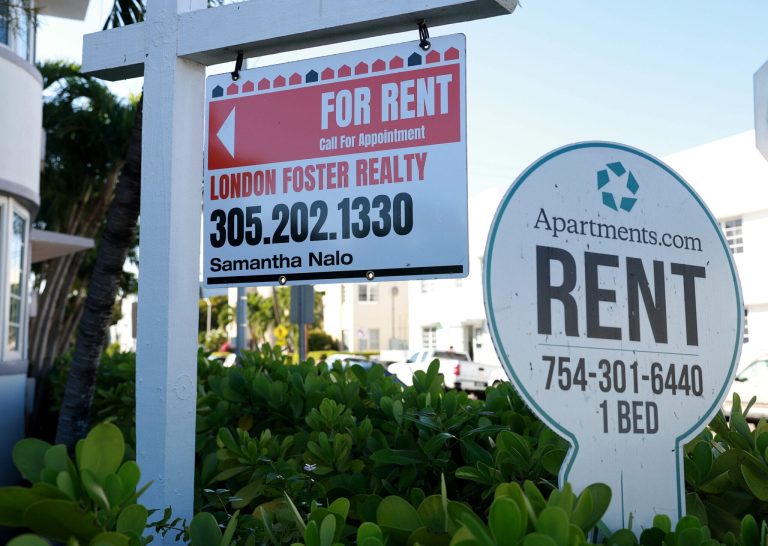Imagine being in a situation where you earn just enough income from your job that you don’t meet the eligibility criteria for food stamps or disability payments, yet it’s still not sufficient to cover your rent and healthcare expenses. This is what it means to be an ALICE.
The United Way’s United for ALICE program came up with the term ALICEs – or Asset Limited, Income Constrained, Employed – to refer to hardworking Americans who earn more than the Federal Poverty Level for a family of four ($31,200) or an individual ($15,060), but still face difficulties in covering their essential expenses.
Many ALICEs are hardworking individuals who often struggle to make ends meet. Their wages are not sufficient to cover all their expenses, leading them to live paycheck to paycheck. This financial strain often forces them to make difficult choices, such as prioritizing food over rent or sacrificing childcare to attend necessary medical appointments.
According to calculations by United for ALICE, about 29% of the US population falls into the category of ALICEs. Additionally, approximately 13% of the population is below the Federal Poverty Level. These figures are based on data from the Census Bureau’s American Community Survey, along with United Way’s estimates of the income required for a family to meet their basic needs.
According to Stephanie Hoopes, the national director at United For ALICE, numerous government initiatives have been implemented to assist individuals in escaping poverty. However, she highlights the outdated nature of the Federal Poverty Level, as it fails to consider regional variations and the increasing portion of people’s budgets dedicated to food expenses. Hoopes also emphasizes the importance of providing support to those who may be financially stable but are still unable to invest in their own futures.
Poverty rates in the US have generally been decreasing, which initially appears to be positive news for American workers. However, these measures primarily address the most economically disadvantaged individuals, leaving behind a vulnerable group known as ALICEs.
The number of ALICEs has been increasing nationwide in the past decade. States experiencing a surge in population, like Montana and Idaho, have seen a significant rise in ALICEs. This trend coincides with an increase in Americans’ income, which may not have kept up with the rapidly rising inflation and housing costs.
The high number of ALICEs may indicate an underlying economic problem within what appears to be a strong job market: more and more Americans are finding themselves caught between affluence and assistance, and government policies are failing to address this issue. This stands in stark contrast to the pandemic-era stimulus measures that eliminated eligibility requirements for various forms of assistance and provided direct financial support.
“It’s difficult to fully grasp the level of frustration and stress that comes with the constant struggle of making tough choices every single day,” Hoopes expressed. “Do we prioritize getting medicine for our child or having a proper dinner? Should we keep the lights on or invest in childcare? These are the harsh realities that we face.”
Fewer Americans are in poverty, but more are ALICEs
In order to be eligible for SNAP benefits, families must have an income that is below approximately 138% of the Federal Poverty Level. This translates to a gross income of less than $39,000 for a family of four.
Supplemental Security Income, a program that offers benefits to Americans with disabilities, typically has a cutoff of $23,652 in annual wages for individuals. In some states, additional benefits may be available to individuals and families earning between 200% and 250% of the Federal Poverty Level.
According to United For ALICE, households classified as ALICE have been disproportionately affected by inflation compared to the average American. The Consumer Price Index, a key indicator of inflation in the United States, includes various goods and services that ALICE households do not commonly purchase, such as dining out, sports equipment, or concert tickets.
United For ALICE has developed the ALICE Essentials Index, which provides a more accurate representation of the survival budget for lower-income households. Unlike the CPI, which measures overall inflation, the ALICE Essentials Index focuses specifically on basic expenditures. It has been observed that the ALICE Essentials Index has been increasing at a faster rate than the CPI. At the same time, over the past 12 years, wage increases have not kept pace with the rising cost of living, causing ALICEs to fall further behind.
According to Hoopes, our calculations revealed that if ALICE had continued to purchase the same items each year and fallen behind, she would have had to work an additional year in order to afford those items over the specified period of time.
During presentations, Hoopes frequently receives positive feedback from individuals who express their gratitude for providing an explanation as to why they are facing difficulties. Many of them believed that they were solely responsible for the challenges they were experiencing. However, Hoopes’ presentations offer a different perspective by highlighting the structural factors contributing to these difficulties. This realization resonates deeply with the audience, as it helps them understand that they are not alone in their struggles.
The number of Americans above the ALICE threshold declined in most states between 2010 and 2021. However, there were a few exceptions such as Florida and Utah. These states experienced an influx of wealthier coastal residents during the pandemic migrations.
The high prevalence of ALICEs could be a contributing factor to why Americans don’t feel optimistic about positive economic statistics. Moreover, it challenges the prevailing stereotypes about those who are facing financial difficulties in the United States.
According to Hoopes, there are many stereotypes surrounding people in poverty, often labeling them as lazy or not putting in enough effort. However, the data reveals a different story. The costs of living are high, and the wages from most jobs are not sufficient to cover these expenses. This is not due to a lack of effort from individuals, but rather a systemic issue that needs to be addressed. Hoopes emphasizes that it is a mathematical equation and a structural problem, not a result of individuals not trying hard enough.



